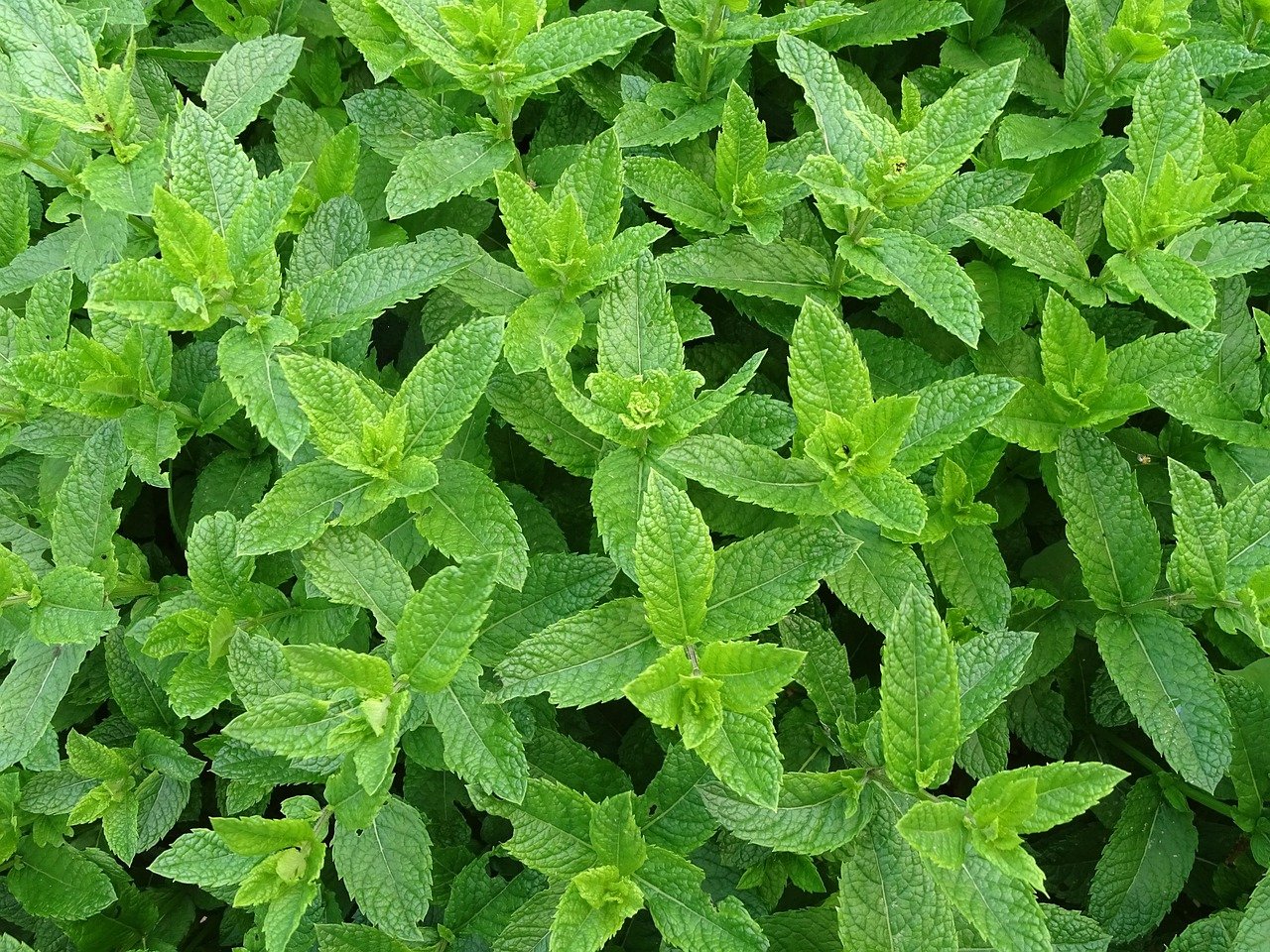Mint Green Color in Italian Desserts
The mint green color has become a beloved tone in the world of Italian desserts. Its delicate hue evokes freshness, elegance, and charm. In traditional and modern Italian sweets, this pastel color often signals the presence of mint flavor or pistachio essence. From gelato to cakes, this gentle shade adds more than just aesthetics. It creates a sensory experience that appeals to the eyes as much as the taste buds.
Why Mint Green Captivates Dessert Lovers
Across Italy, color plays an essential role in how food is enjoyed. The mint green shade, in particular, brings a refreshing visual cue. When Italian desserts take on this hue, they instantly stand out on the display shelves. Bakers and pastry chefs use this color to indicate natural ingredients like mint leaves or Sicilian pistachios. As a result, customers feel drawn to its soothing presence.
In recent years, Instagram and Pinterest have fueled the popularity of mint green desserts. Users often search for photogenic pastries, and this light green tone fits perfectly into modern visual trends. The demand for aesthetically pleasing food continues to rise, and Italian dessert artisans have responded creatively.
The Origins of Mint Green in Italian Sweet Culture
Italian cuisine emphasizes tradition, and the introduction of mint green began with ingredients, not artificial colors. Sicilian pistachios, often considered the finest in the world, naturally carry a pale green tone. As these nuts became a staple in regional sweets, their color influenced the appearance of many desserts.

Similarly, mint leaves were used in cooling summer recipes like sorbetto alla menta. Over time, mint’s association with freshness helped shape the color language of Italian confections. The combination of natural ingredients and subtle coloring led to the signature mint green seen in desserts today.
Traditional Italian Desserts Featuring Mint Green Hues
In classic Italian patisserie, certain recipes naturally feature mint green. For example, pistachio gelato stands out in every gelateria. Its flavor comes from finely ground nuts, but the soft green color creates its visual appeal. No food dyes are needed when using high-quality pistachios.
Another iconic dessert is the cassata Siciliana. This layered cake uses ricotta, sponge cake, and sometimes pistachio cream, offering a pale green filling or glaze. It appears during festive occasions and often represents a link to Sicily’s Arab-influenced culinary heritage.
Mint panna cotta has also grown in popularity. This creamy dessert takes on a light mint green color when infused with fresh mint or pistachio syrup. Served in glass jars or porcelain ramekins, it balances taste and design.
Modern Pastry Shops Embracing Mint Green Color
Contemporary Italian pastry shops experiment with texture and tone. The mint green color has become central in branding and dessert design. Macarons, mousse cakes, and semifreddo often include mint green layers or decorations.
High-end bakeries in Milan and Florence use edible flowers and pastel glazes to highlight their creations. The green color acts as a gentle background, allowing other elements to shine. Chocolate shards, fruit slices, or gold dust become more noticeable against mint green bases.
Moreover, pastry chefs now explore plant-based color sources. Spinach, spirulina, and matcha powder help achieve minty tones while keeping recipes organic. Vegan and health-conscious clients respond well to these innovations.
How Mint Green Affects Perception of Flavor
Color affects how flavor is perceived. The mint green color suggests freshness and a cooling sensation. When people see mint green desserts, they expect a light, clean taste. This perception enhances the eating experience even before the first bite.
In blind taste tests, desserts with mint green coloring were often rated as “more refreshing” or “lighter.” Even when the flavor did not include mint, the soft hue influenced opinions. This psychological connection makes mint green a powerful tool for dessert presentation.
Pistachio-based items benefit greatly. While pistachios have an earthy taste, their greenish tint bridges the flavor to mint green visuals. Consumers accept this combination easily, which is why these colors are frequently paired in marketing and menus.
Mint Green in Italian Gelaterias
Gelaterias across Italy rely on color-coded tubs to entice visitors. Mint green gelato always attracts attention, especially during summer. Whether labeled as pistachio, mint, or green apple, the cool tones offer mental relief from heat.
Unlike artificial mint flavors in American desserts, Italian mint gelato contains real herbs. Spearmint or peppermint gets steeped into cream before churning. When naturally colored, the gelato turns a gentle mint green, not the neon green found in other countries.

In Rome or Venice, tourists often snap pictures of mint green scoops topped with white whipped cream. It’s not only delicious but photogenic—perfect for social media and food blogs. In fact, many food influencers highlight these colors in their travel content.
Desserts for Events and Mint Green Themes
Italian events often center around food. Weddings, birthdays, and anniversaries feature customized cakes and confections. Mint green has emerged as a popular theme color for these occasions. It symbolizes tranquility and harmony—perfect for romantic or peaceful gatherings.
Tiered cakes with pistachio mousse layers, mint green marzipan roses, or pastel macaron towers often appear at luxury weddings. In spring and summer events, this color provides a soft backdrop that complements white and gold decorations.
Bakers also offer mint green cupcakes, sugar cookies, and edible favors. These treats match event palettes and enhance table aesthetics. Italian dessert stylists plan entire menus around soft greens and natural ingredients.
Pairing Mint Green Desserts with Other Italian Flavors
Italian desserts focus on balance. When a mint green element appears, it usually contrasts or complements another flavor. For instance, pistachio panna cotta may be served with tart raspberry coulis. The red-pink topping enhances the green color while adding flavor depth.
Chocolate and mint is another classic pairing. Many gelaterias offer stracciatella mint, where chocolate shards blend into green mint gelato. The visual mix of dark brown and pale green is striking and elegant.
In layered cakes, chefs often use hazelnut, lemon, or vanilla to support pistachio or mint layers. These combinations create desserts that are both delicious and visually balanced. Italian culinary art values harmony between color and flavor, and mint green plays a key role in this approach.
Preserving the Natural Color in Homemade Desserts
At home, many Italian families prepare desserts using fresh mint or pistachio paste. To preserve the natural mint green color, they avoid boiling ingredients for too long. Gentle heating and minimal blending help retain the hue.
Pistachios should be blanched briefly to remove skins, which darken the final color. When ground smoothly, they produce a bright green paste ideal for gelato or cake fillings. Families take pride in these traditional techniques passed down through generations.
Even in modern kitchens, coloring is handled carefully. Artificial dyes are still rarely used in Italian home baking. Instead, home cooks use natural powders or herbal extracts to achieve soft greens. This dedication to authenticity keeps Italian dessert culture rich and respected worldwide.
The Future of Mint Green in Italian Patisserie
Mint green is more than a passing trend in Italy. It reflects deep-rooted ingredients, aesthetic values, and culinary creativity. As sustainability and visual appeal become more important, this color will likely remain central in dessert design.
Dessert chefs continue to innovate. Vegan options, gluten-free cakes, and sugar-free mousse desserts now appear in mint green variations. This allows more people to enjoy traditional Italian sweetness with a modern twist.
Digital platforms will also influence future trends. As food photos go viral, colors like mint green gain even more exposure. Young bakers across Italy draw inspiration from international sources while staying true to Italian values.
Internal Links to Explore More Italian Dessert Culture
If you enjoyed this deep dive into mint green desserts, you might also love learning about how fruit can be used to make watercolors or frozen fruits THC vapes, where natural color plays a key role.
For traditional dessert timelines, explore our article on when is the Feast of First Fruits 2025, where seasonal foods and colors align perfectly.
Relevant Outbound Links for More Insight
You can discover more about authentic pistachio production through Brontë pistachios—a protected Italian DOP product.
To see how natural food colorings work in baking, visit NPR’s guide on food color science.
For mint cultivation and herbal dessert uses, refer to The Herb Society of America.
FAQs About Mint Green Color in Italian Desserts
Why is mint green popular in Italian desserts?
It represents freshness and often comes from natural ingredients like mint or pistachios. It also aligns with visual trends in modern pastry design.
Is mint green in Italian desserts artificial?
Most often, no. Italian chefs use real herbs, nuts, and natural powders to achieve mint green shades without synthetic dyes.
Which Italian desserts use mint green colors?
Pistachio gelato, mint panna cotta, cassata Siciliana, and mousse cakes frequently feature this gentle hue.
Can I make mint green desserts at home naturally?
Yes. Use fresh mint, pistachio paste, or spinach powder. Avoid overcooking ingredients to preserve the green tone.
Does the color affect how the dessert tastes?
Yes, visually. People often expect a refreshing or nutty taste when they see mint green. This changes their experience even before tasting.
